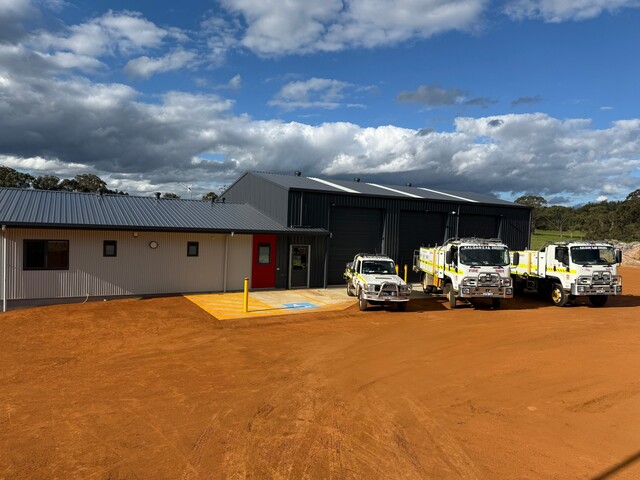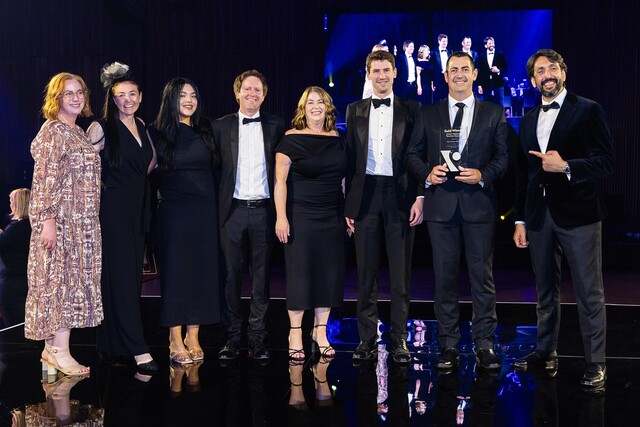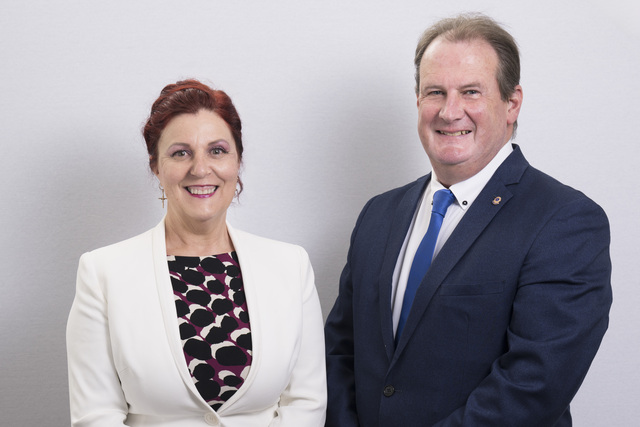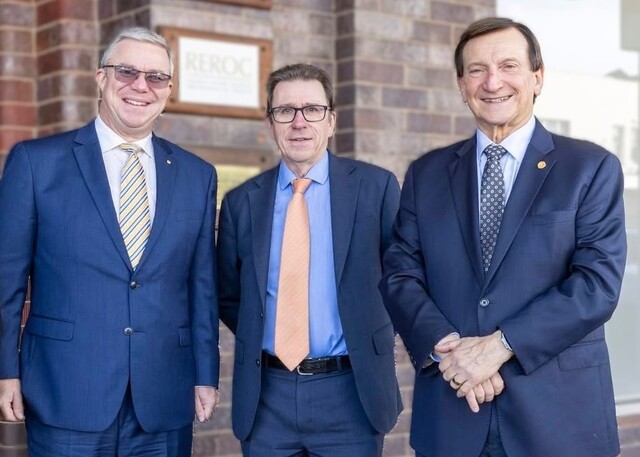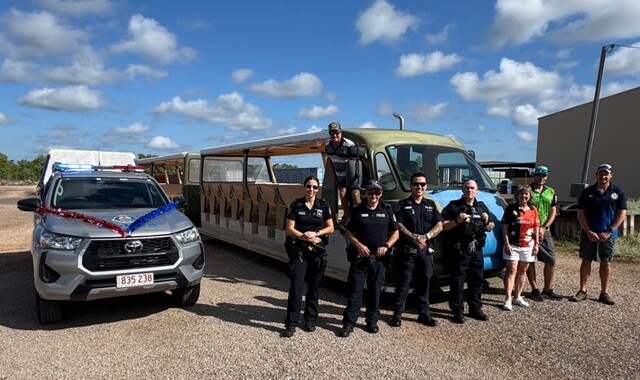Covering almost 30,000 square kilometres from southeast South Australia to the western districts of Victoria, the Kanawinka Geopark, or ‘Land of Tomorrow’ as it translates from the local Indigenous language, was recently declared a UNESCO Global Geopark.
The geopark overlays nine Local Government areas and has some 374 volcanic sites, including six of international significance. It also comprises grasslands, lakes, caves, wetlands, homesteads, gardens and more.
Kanawinka Geopark Board Director, Joanne McKnight, said a geopark is a territory with well defined limits and a large enough surface area to serve local economic development.
“They comprise a certain number of geological heritage sites or entities of special scientific importance, rarity or beauty, that are representative of an area and its geological history, events or processes,” she said. “They may also be of archaeological, ecological, historical or cultural value.”
There are more than
500 geoparks proposed across the world and the recognition of Kanawinka as a UNESCO Global Geopark makes it the 57th on the list.
The park is managed by a community based organisation, comprising seven of the nine councils the park crosses through, community members, Parks Victoria, Parks SA, Limestone Coast Tourism and a number of other Victorian and South Australian Government departments.
City of Mount Gambier’s Director Corporate and Community Services, Grant Humphries, is a board member. He said the seven participating councils provide minor funding to enable the board to cooperatively market the volcanic assets of the park.
“Councils see the flowon benefits of this money through local jobs, increased tourism in their areas and the creation of community connections across the broad region,” he said.
“We see the contribution not only as a tourism tool, but a long term economic development strategy that will benefit our whole community.”
International evidence indicates that upon acceptance and promotion as a UNESCO Global Geopark site, visitation increases by at least 20 per cent annually. For Kanawinka, this is expected to generate an economic increase of five per cent in the region, as well as a number of full time jobs. All sectors of the community will benefit, including retail, accommodation and the pastoral sector, as well as hospitality and service sectors.
In preparation for this, the Geopark Board has developed the ‘Land of Tomorrow’ project to ensure growth is managed and capitalised on effectively. Under this project, a Geopark Strategy Plan is being developed.
Grant Humphries said the board recently submitted a major application for Federal Government funding, which will be crucial to develop and implement the strategy.
“We are highly reliant on funding to kickstart operations, such as the implementation of a branding and marketing plan, which will be used across all areas, including new and existing products, collateral, infrastructure, interpretation, signage and marketing activity,” he said. “We also need to conduct a community and consumer study to identify the requirements of both domestic and international visitors.
“Geoparks and geotourism are relatively new concepts world wide, and more so in the local region. By defining consumer requirements, the community will be better able to respond to meet these requirements.”
Grant Humphries said of the 57 UNESCO Global Geoparks internationally, 20 are based in China.
“With our close proximity to Asia, there is potential for us to further develop links between China and Australia, particularly in terms of visitation,” he said. “There are now more flights going to and from Asia than ever before, and there is an enormous opportunity to capitalise on this.
“The Geopark strategy is well placed to form part of that solution.”
For further information contact Joane McKnight on 0422 821 066.



